Ganesh Pyne, a contemporary Bengal School artist from Kolkata –GetBengal story
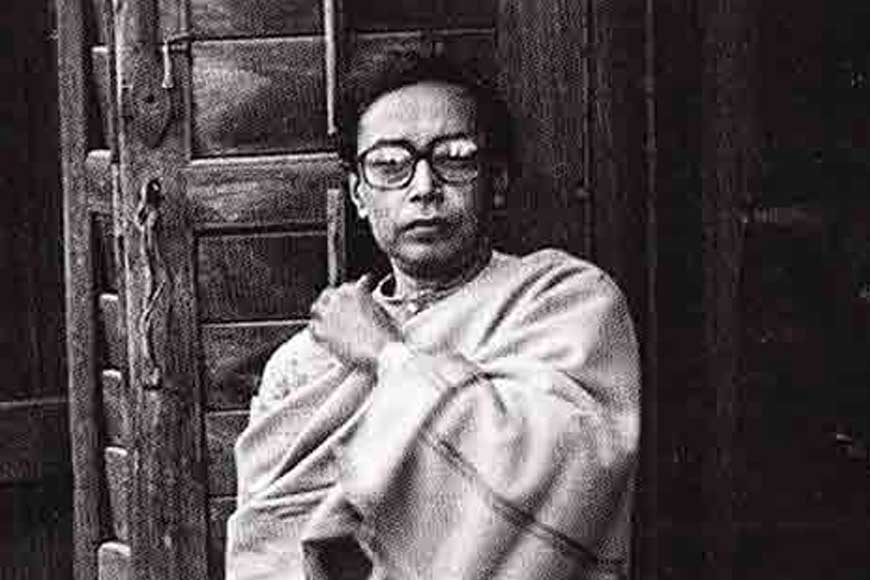
An enigmatic figure in the art world, Ganesh Pyne, born in Kolkata, West Bengal, constructed his own universe. One of the most prominent contemporary artists, he is credited with creating paintings that can best be described as “poetic surrealism" because of their dark imagery on themes of local folklore and mythology.
Named by M.F. Husain as ‘the best painter in India,' these past few years, Ganesh Pyne has become a favourite of auction houses. His paintings have entered auction circuits and broken many records. This has been a surprise for art connoisseurs because his work is so hard to come by.
Pyne grew up in a family mansion that was falling apart at Kabiraj Row, north Calcutta. Pyne grew up listening to his grandmother’s stories and reading children’s fairy tales, which impacted his paintings greatly. The death of his father at a young age and the trauma of having witnessed the Calcutta Riots had a major impact on his artwork.
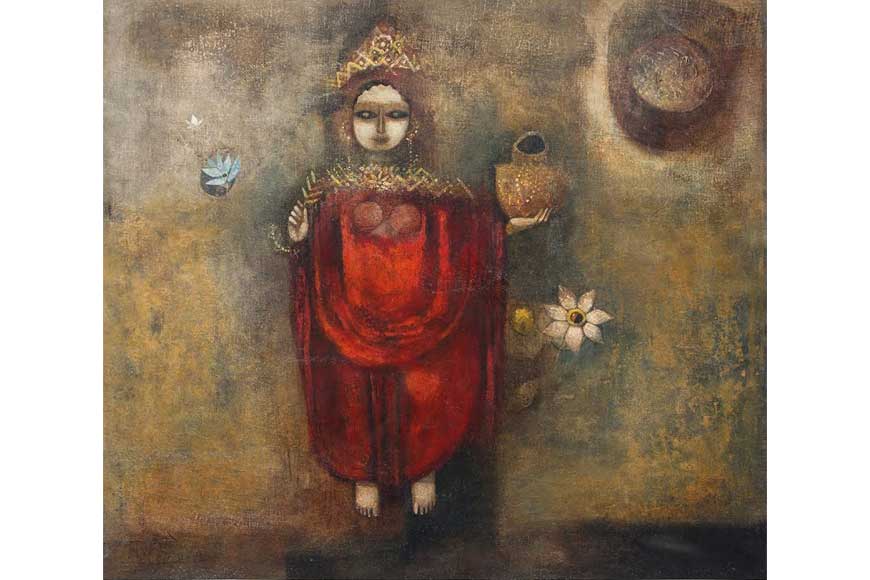
Ganesh Pyne was obsessed with dark and gritty themes since he was a young boy. He was affected by the deaths he saw during the Direct Action Day of 1946 when his family was forced to seek shelter in a hospital. He witnessed the hospital overflow with dead bodies. "I was shaken by the sight,” the artist would often admit.
Pyne's tempera paintings are so highly valued because of the long and laborious process of creating them. Tempera is a long-lasting, fast-drying painting medium where pigments are mixed with a water-soluble binding material, usually an egg yolk. He would apply several layers of translucent paint to the canvas. This process resulted in a canvas that played beautifully with light and shadow.
Pyne was a reclusive artist who very rarely travelled out of Kolkata. He was in his 50s when he finally ventured out of Kolkata for his first solo exhibition in Delhi.
At the Astaguru online auction, his painting 'The Door, The Windows’, which he made after the loss of his brother, went on auction and sold for 2.18 crore rupees. A lot of his works have been selling for way more than the estimated prices, which proves his calibre among serious collectors of art.
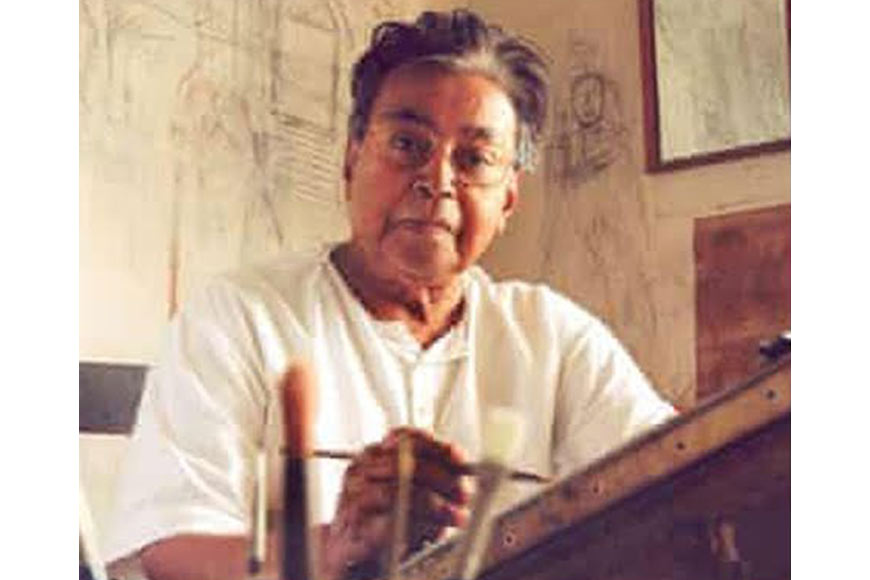
Another tempera on canvas painting, 'Winter Morning,' which Pyne made in 1971, depicts a young boy sitting alone, wearing a cape. At a recent auction, it went for a whopping 5 crore. The painting evokes a powerful message about a child's hope and whimsy overcoming the hardships of poverty. The cape, a symbol usually attached to superheroes, is a motif of resilience.
'Bloom', a beautiful abstract painting made in 1968, was estimated at 66 lakh to 1 crore rupees but went for Rs 2.62 crore.
In 2021 fall auctions, Pyne’s 'The Moon' fetched Rs 79 lakh at Christie’s, while another of his works, The House, fetched Rs 1.1 crore, above the highest pre-auction estimates. At the Saffronart auction, his work 'The Shadow' sold for Rs 1.08 crore. Another work, the 'Slumberland', went for Rs 4 crore at a Sotheby’s auction.
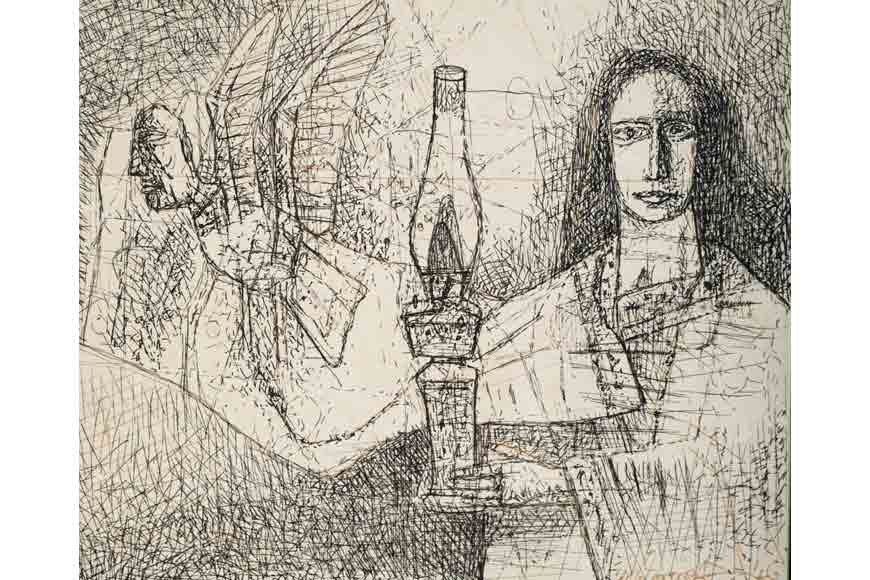
At the Saffronart Summer Online Auction of Modern and Contemporary South Asian Art, two of his works sold for way more than the estimated price. His 1963 work, 'Two Friends', gouache on paper, was estimated at Rs 4.89 lakh-RRs 6.52 lakh but went for Rs 58.77 lakh. The painting portrays two friends immersed in conversation with each other over tea and cigarettes in a public place. As per the auction's catalogue, the painting probably depicts a scene at the Calcutta Coffee House, which was located close to the artist’s house.
Another work of his, 'Baul', sold for more than four times its estimate. An early career work, this gouache on paper was estimated at Rs 3.26 lakh-RRs 4.89 lakh. It eventually fetched Rs 19.56 lakh. It features a singer of the Baul community standing by a river.
The Painter of Eloquent Silence, Pyne, excelled at raising the ghosts of the past.
He graduated from the Government College of Art and Crafts in 1959 and began a professional career as a book illustrator. He also sketched for animation films at Mandar Studio in Calcutta, which was run by Mandar Mullick, a filmmaker who had brought in trainers from Disney for his artists. This helped Pyne achieve distortion and exaggeration of facial features in his later works. Unlike many other artists, Pyne achieved significant acclaim during his lifetime.
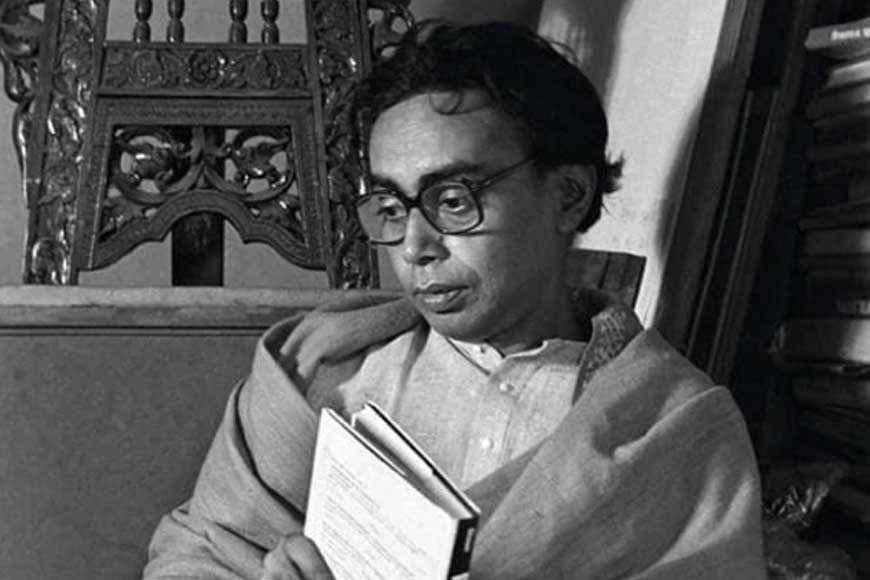
Influenced by the works of Frans Hals, Rembrandt's use of light and shadow to create the illusion of three-dimensional objects, and Paul Klee’s simplicity, Ganesh Pyne developed his own style of painting that revolved around his life in Calcutta and the stories and folktales of Bengal that he grew up listening to.
"Artists of our generation painted for the love of art.
I feel one should have an unwavering affair with one's creativity.
Otherwise, you are swept away by the tide."
The 1970s were an important time in the artist's life. He was creating gorgeous watercolour paintings in response to the anger and despair he felt because of the political situation. His tumultuous feelings found an outlet in his paintings. During this period, a Mumbai magazine, The Illustrated Weekly of India, published an article where the well-known artist, M.F. Husain, when asked who the best painter in India was, named 37-year-old Pyne. At a time when Francis Souza and Syed Raza were household names, this endorsement brought Pyne a lot of attention. Through the '60s and '70s, he remained active and participated in exhibitions and competitions in Paris and Germany. However, by the 1980s, Pyne became reclusive, largely keeping his own company.
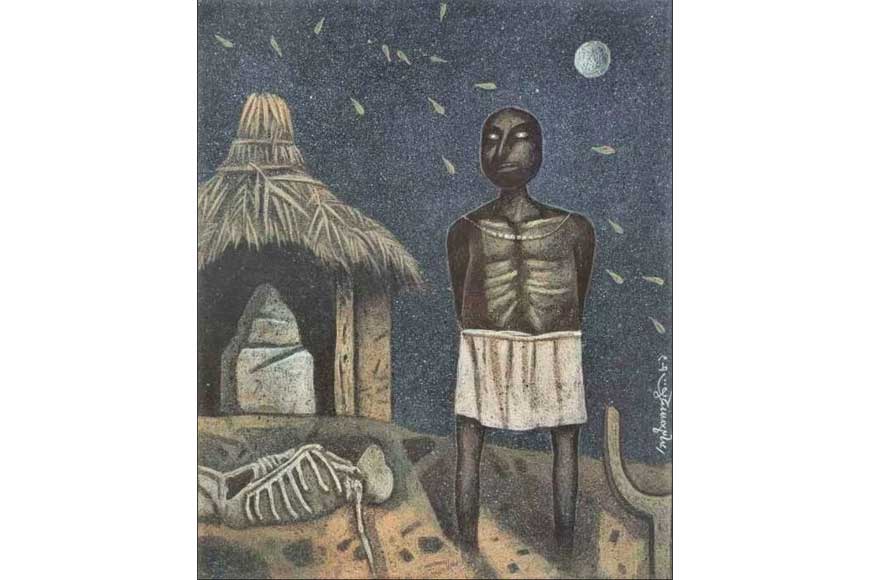
In a career spanning decades, his abstract and surrealist paintings were showcased in exhibitions all around the world. Though Pyne continued to shun the limelight and never held any major exhibition, preferring to show only a few of his paintings at a time at Societies in Calcutta, his paintings have fetched some of the highest bids amongst Indian artists of his time. His paintings are so distinctive in style and technique that they have influenced a generation of artists.
Pyne initially began his art journey with watercolours but shifted to gouache and finally to tempera, known for his signature use of the darker colours of the palette like ochre, black, and blue. Known as the "painter of darkness," the themes of death, pain, and solitude were always at the forefront of his paintings.
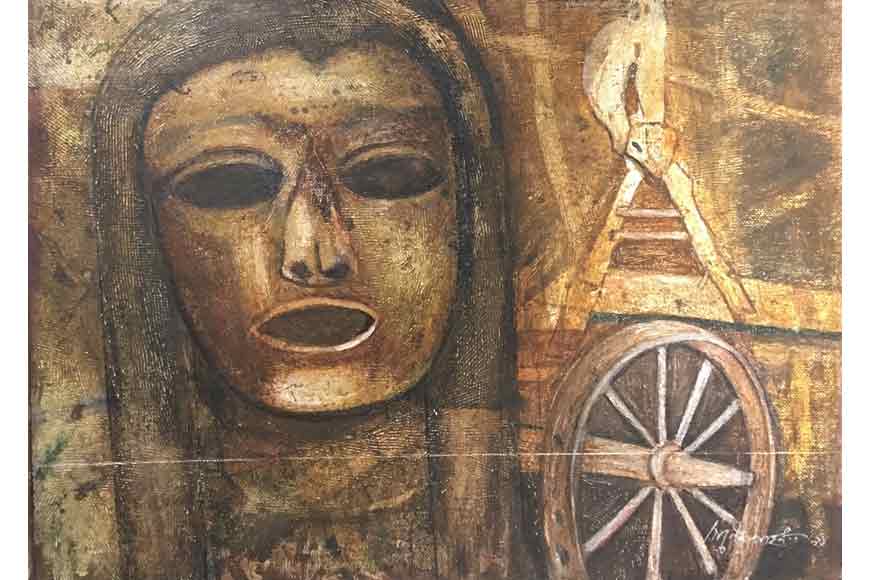
A poet of melancholy who explored elements of the subconscious in his paintings; in his final years, Pyne would draw inspiration from the Mahabharata but focused on the less prominent characters, such as Amba and Eklavya.
Pyne passed away at a Kolkata hospital on 12 March 2013, following a heart attack, at the age of 76.
Ganesh Pyne (1937-2013) has been making the rounds at auctions and has always been at the periphery of admiration and respect. But he has rightfully taken his place at the top in the last few years.










